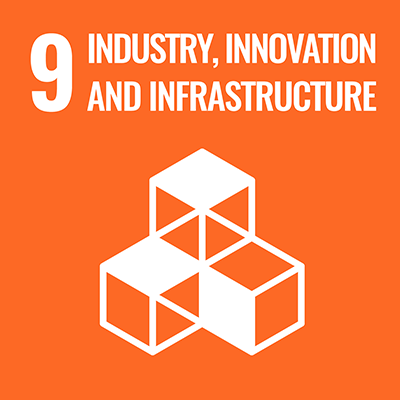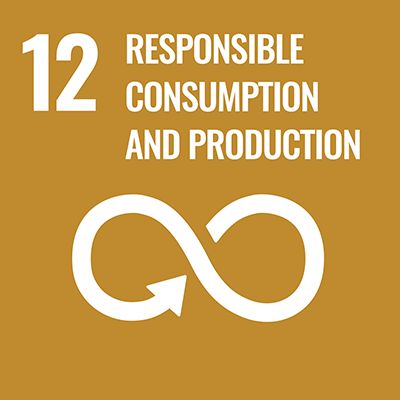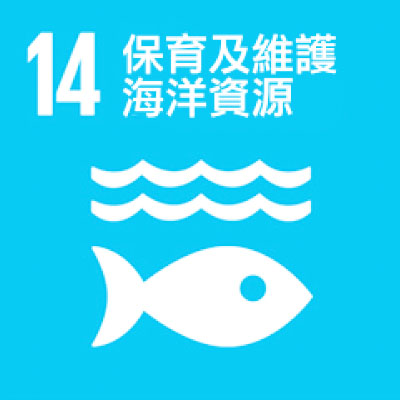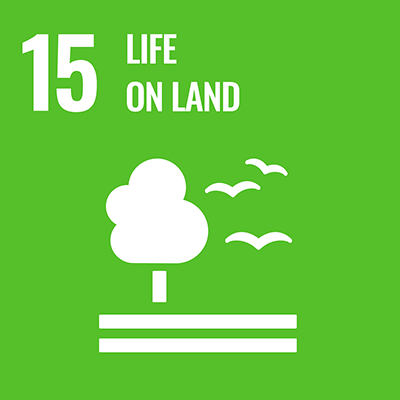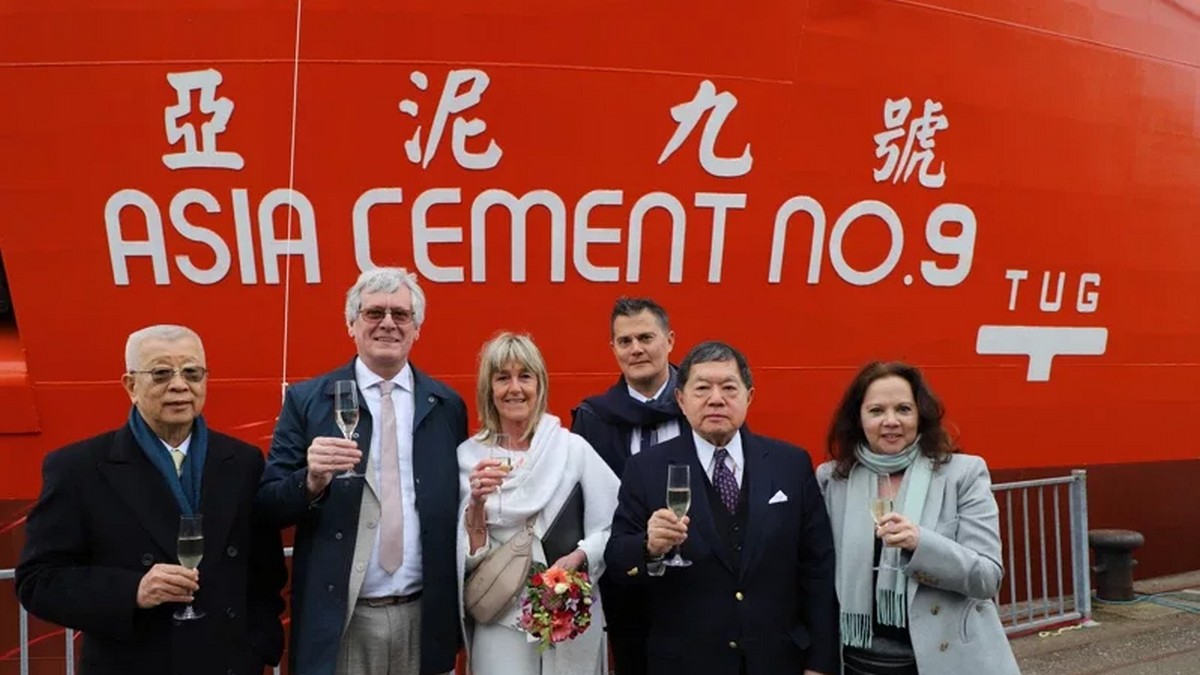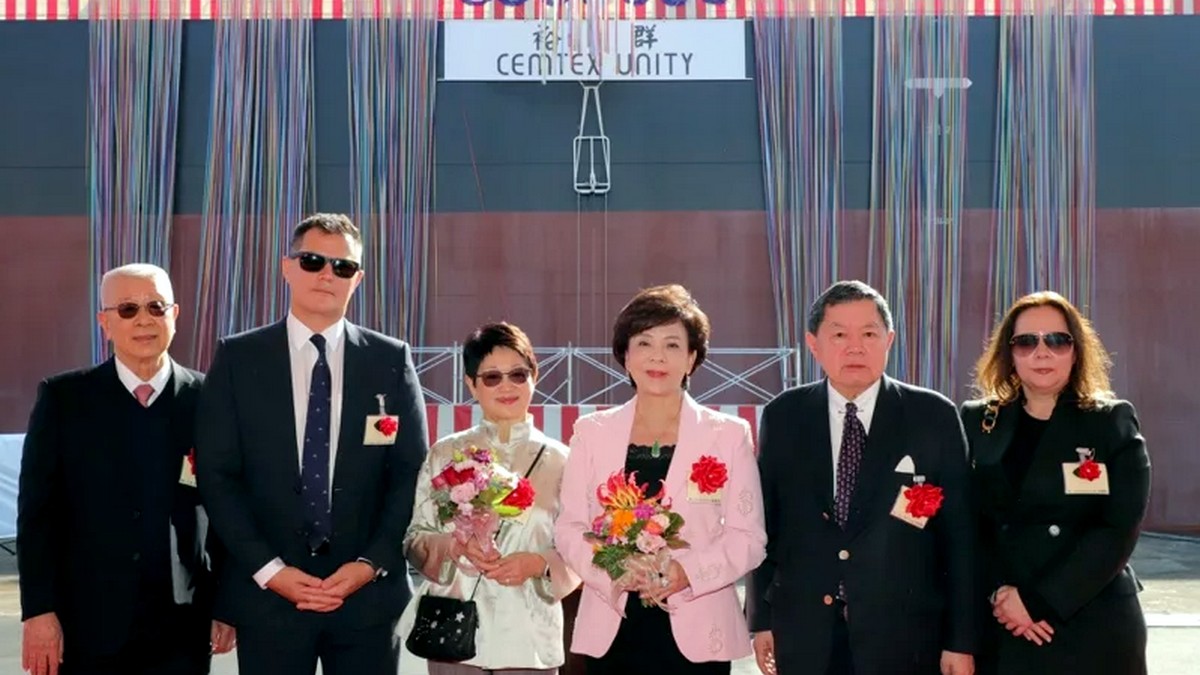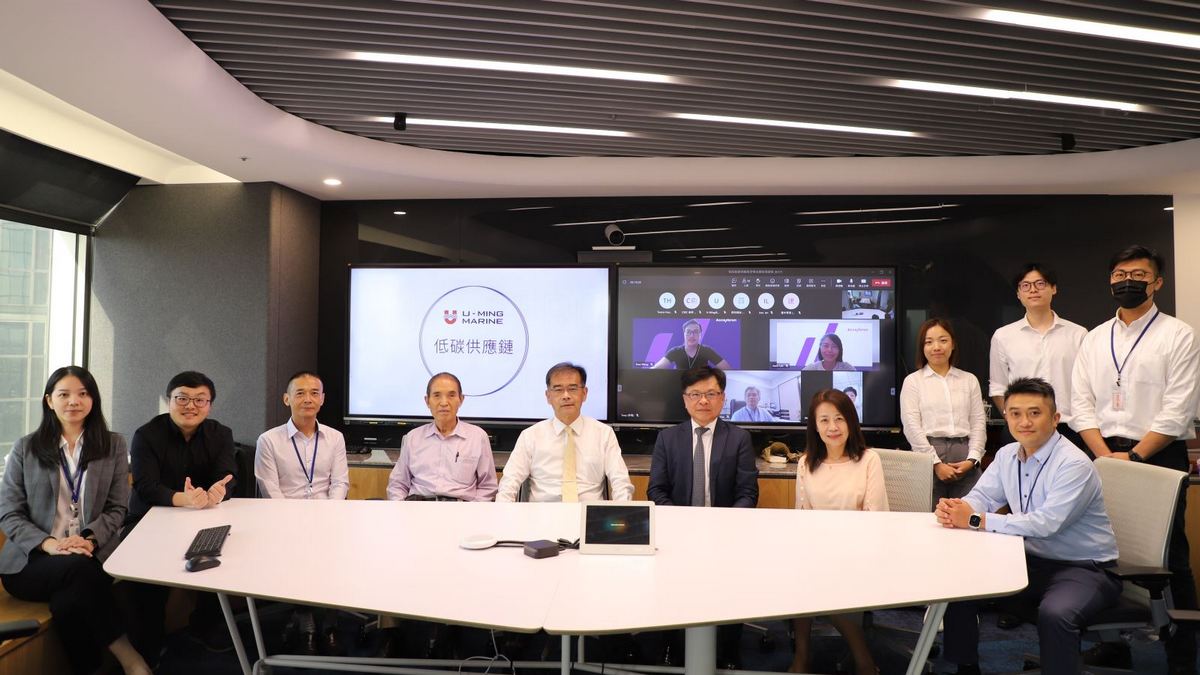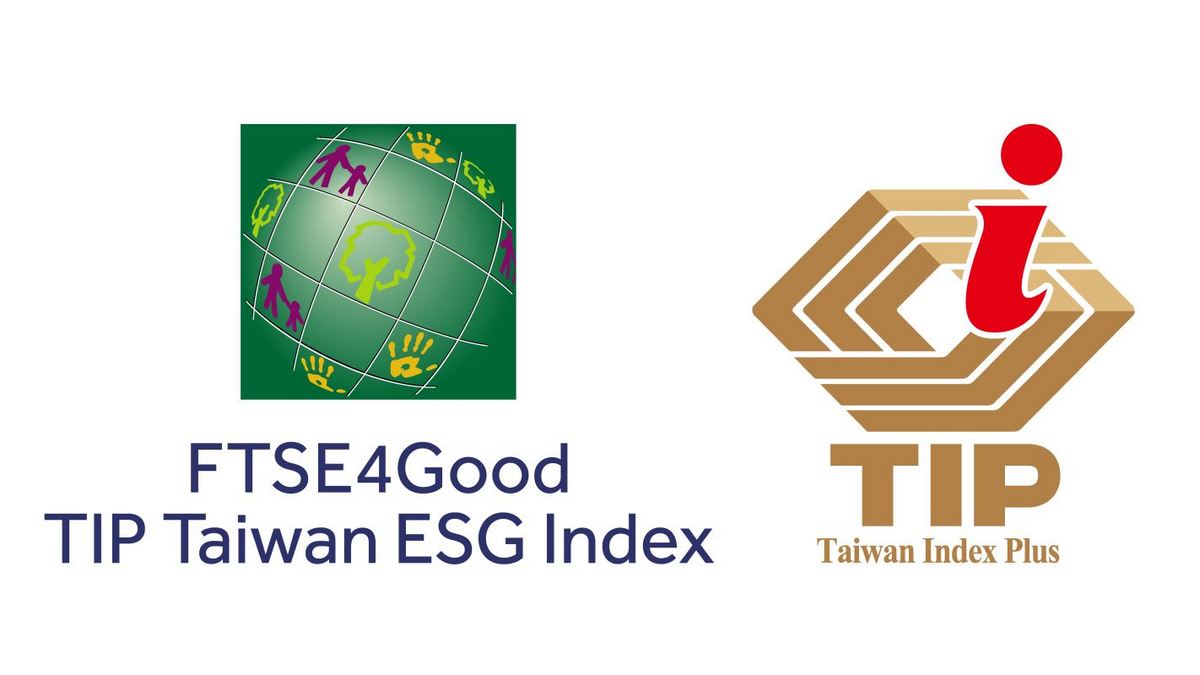Green Thinking Leads U-Ming Marine Transport
In the face of increasingly stringent international environmental protection regulations and unpredictable business environment, can U-Ming continue the high profits of last year, or even go higher?
After 2021, another brand-new sea survival battle will greet U-Ming.
From the supply side, the numbers of bulk ships has grown rapidly since 2015 and is still increasing at a rate of 3.6% by 2021. However, due to the strict new environmental protection regulations (such as Energy Efficiency eXisting ship Index (EEXI) and Carbon Intensity Index (CII)) coming on the road in January 2023, the replacement of old ships that do not meet the standards is accelerated. After the second half of 2020, the prosperity of container shipping has increased significantly, attracting shipyards to give priority to the construction of large container ships, and relatively excluding the shipbuilding kinetic energy of some bulk ships, Therefore, the new supply of bulk ships from 2022 to 2023 will fall to the bottom area in recent years.
From the demand side, although the world is still affected by the outbreak of variant virus and rising inflation, with the improvement of the rate of COVID-19 vaccine and the promotion of infrastructure design by various countries, the market demand recovers moderately. The International Monetary Fund (IMF) estimates that the global economic growth rate will be 4.9% in 2022; Coincidentally, the dry bulk trade outlook released by Clarksons in January this year also predicts that the growth rate of bulk ships in 2022 is only 2.0%, while the growth rate of demand for dry bulk shipping is expected to reach 2.2%, indicating that the market capacity will continue the situation of short supply in 2021, and the outlook of bulk shipping is cautiously optimistic.
However, it is crucial for the bulk shipping industry to obtain a sustainable capital intensive environment. Fortunately, U-Ming accurately foresees the market demand. Taking advantage of the fact that the bulk shipping market has not recovered and the ship cost has not risen by the end of 2020, it has ordered 12 latest environmental protection and energy-saving bulk ships and one special cement ship, and will join the service ranks from 2022 to 2023 to boost the performance.
On the other hand, in order to reduce operational risks, U-Ming also set up a "business intelligence team" in 2021 to monitor market supply and demand data in real time, control risk indicators, and then fully present trends and outliers through graphical charts, so as to improve the efficiency of internal communication and provide managers with more macro and effective strategic solutions.
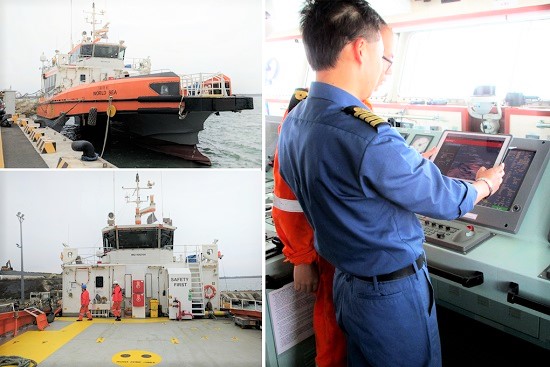
Shipping carries 90% of the world's bulk materials. Of course, it is the most cost-effective transportation mode, but the carbon dioxide emissions brought by maritime transportation also account for about 3% of the global emissions. In the atmosphere of high environmental awareness, it is inevitable to become a target of public criticism. Especially according to the statistics of 2019, the global fleet generates 800 million tons of carbon dioxide, of which 67% comes from the ships made before January 1, 2013 with tonnage above 400gt.
To this end, the Inter Aessional Working Group on ship greenhouse gas emission reduction (ISWG-GHG) of the Marine Environment Protection Committee (MEPC) of the International Maritime Organization (IMO) discussed the existing concept of ship energy efficiency index (EEXI) in an informal online seminar held from July 6 to July 10, 2020, and took measures for the 2030 shipping emission reduction target, hoping to achieve the emission reduction target in the short term with controllable technologies and schemes, It opened the prelude to the promotion of the Paris Convention for the global shipping industry. Among them, in terms of ship design, it standardizes the optimization of hull structure, the improvement of energy efficiency of marine equipment, the improvement of marine gas turbine and fuel selection; In terms of ship navigation, it covers the formulation of navigation plan, the selection of ship and aircraft load, and how to consider the sea conditions and market freight rates to determine the best ship speed.
International norms set a benchmark. However, U-Ming acted faster. As early as 2010, it has actively promoted a number of fleet energy-saving and carbon reduction measures through organizational resource integration and cross departmental team cooperation, including: using FSM system (Fleet Safety Management) to select the best route according to ship navigation plan and sea conditions; High efficiency paint is adopted for the coating of hull outer plate, which can not only increase the ship speed by 2 ~ 3% compared with traditional paint, but also save about 6% fuel oil and slow down the adhesion of marine organisms; Install a deflector and Propeller Boss Cap Fins (PBCF) to convert the energy of water flow into ship propulsion; Adjust and limit the power of ship main engine, etc.
Moreover, in order to meet the requirements set by the International Maritime Organization (IMO) to reduce carbon intensity by 70% in 2050, U-Ming has also further explored other technologies with emission reduction potential, such as energy system optimization (mixed use of ship fuel and electric energy or wind energy), carbon capture and storage, expand the selection of renewable energy (wind energy, solar energy) and alternative energy (liquid hydrogen, liquid ammonia, synthetic fuel, battery, LNG, LPG), etc. At present, it has become a leader in the international bulk shipping industry, ordering capesize ships powered by LNG fuel to reduce greenhouse gas emissions, and evaluating the local LNG carrier investment plan in response to the government's new energy policy. As for other new technologies, due to the high technical threshold, which is still in the stage of testing and feasibility demonstration, U-Ming will continue to pay attention, import ship equipment as appropriate, build an environmentally friendly, safe and sustainable green intelligent fleet, and become a high-quality shipping enterprise with ESG characteristics.
In addition to making every effort to improve the design and energy efficiency of ships and make the fleet "upgrade inside out", U-Ming also actively tries multi-faceted operations to inject new living water into the enterprise's sustainability development.
Wind power is one of the mainstream of renewable energy, and Taiwan has high-quality offshore wind farms with great development potential. Last year, U-Ming reached a joint venture agreement with World Marine Offshore A / S (WMO) in Denmark to jointly establish U-Ming marine offshore Co., Ltd., officially stepping into the offshore wind power market. 2 ships of high-efficiency wave resistant for personnel transport invested in the initial stage have been put into operation in Taiwan's wind farm. Another 4 personnel transport ships will be put into operation in 2022. In the future, it is planned to extend a number of offshore wind power work ship businesses to provide all-round and safe maritime engineering transportation services.
The rich experience in ship management and operation has been highly recognized by all walks of life, and has also become a great help for U-Ming to enter the ship management business. In 2022, it won the management contract for 4 bulk ships of TPC, and the subsidiary U-Ming (Xiamen) ship management company has also managed 3 bulk ships of Chailease Finance company since 2020. The management team plans to continue to expand the customer base of managed ships, cooperate with qualified business partners, timely adjust the proportion of long-term fixed income, stabilize long-term fixed income, integrate its own advantages, participate in the logistics and transportation plan of raw materials for high-quality customers, and expand the global business field, so as to reduce the operational risk of geopolitics.
With the expanding service scope and growing fleet size, U-Ming will continue to sail into the sea and ride the wind and waves. It will not only win profits for enterprises, provide services to customers and do its duty to maintain the marine environment, but also rewrite the high standard of green transportation!
Business and Company
News Type
UN SDG
Share
Download
Source
FE Magazine 2022/04



